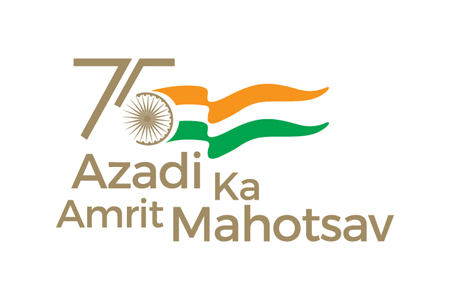ARAMBH
The ice breaking and welcoming activity named AARAMBH was organised by the cultural committee to commence the beginning of the III rd Semester for SYMMS students . There were 43 students who participated in all.
ACTIVITY DETAILS
- Welcoming students and providing them a stress free start to the new semester.
- Careful Selection of management games alongwith interesting rules and regulations that challenge the individual performance of students.
- The prime focus of the activity was to ensure participation with full dedication and application of individual traits and creativity.
- To build Team work, Communication skills, Analytical and Logical Reasoning, concetration, Leadership qualities and perserverance to win attitude.
ACTIVITY LEARNINGS
1. TIC TAC TOE
The game had students divided into 6 groups o. each group were given ping ball of different colour and they had to aim to put the balls in the glasses filled with water .Every Team member was given equal chance to play .
Learnings from TIC TAC TOE
- Target Setting – The students were determined to achieve their target .
- Concentration- To aim at the glass required shutting distractions and concentrating at the target.
- Influence of External Environment- The pressure built to perform was taken positively by the students.
- Risk Assessment- To analyse the correct art of aiming and co ordination of hand eye movement for the same.
- Arjuns EYE – Hitting the target with complete dedication required both physical and mental co ordination.
- Chinese Whispers
It is an icebreaker activity that involves a chain of people passing a message from one person to another as the message travels through the chain, it often gets distorted or changed, leading to humorous and unexpected results when the final message is revealed.
Learnings from Chinese Whispers
- Communication: The student faces the challenges of effective communication skills and handling misinterpretations, assumptions, and misunderstandings.
- Active listening: Active listening is a crucial skill in any communication setting, as it helps ensure better comprehension and reduces the chances of miscommunication.
- Verbal precision: The game encourages students to be precise in their verbal expressions by using the right words and conveying information accurately
- Cultural barriers It is a way to explore cultural differences as students notice how cultural nuances and language barriers can influence the way a message is passed and interpreted.
- Patience and empathy: As messages get distorted, students experience the frustrations of miscommunication. This fosters patience and empathy towards others who might face challenges in expressing themselves or understanding information.
1. Treasure Hunt
Treasure hunt games are a fun and engaging activity for students, and contribute to their overall learning experience. The clues are decoded with analytical thinking and enhances team spirit and trust.
Learnings from Treasure Hunt
Critical thinking and problem-solving: Students apply critical thinking skills to decipher clues, make connections, and solve puzzles during the treasure hunt. This fosters their problem-solving abilities and encourages them to think outside the box.
- Collaboration and teamwork: Students learn to communicate effectively, delegate tasks, and work together to achieve a common goal
- Time management: Students how to manage their time efficiently by prioritize tasks, planning approach, and make decisions under pressure.
- Subject integration: The clues were designed around specific subjects making it a great tool for integrating learning across various disciplines.
- Spatial awareness and navigation skills The clues were hidden at seven different places and students navigated through different locations which enhanced their spatial awareness and navigation skills.
- Outdoor learning: The game offered a change of environment from traditional classroom settings to Outdoor learning that leads to increased creativity, improved mood, and better overall well-being.
Musical chairs
- Resilience and Adaptability: Students need to adapt quickly to changing circumstances as chairs are removed. It teaches students to be flexible, accept change, and adjust their strategies accordingly.
- Sportsmanship: Although competitive, it also emphasizes the importance of good sportsmanship and students learn to win gracefully and lose with dignity, respecting their peers and the game’s rules.
- Quick Decision Making:. This helps to improve students’ ability to make quick and effective decisions as when to make the next move.
- Spatial Awareness: Musical chairs involve moving around chairs and recognizing the available space. This enhances students’ spatial awareness and coordination.
- Listening Skills: The game relies on listening to the music to know when to move. It encourages students to develop their listening skills and pay attention to auditory cues.
- Social Interaction: The game provides a fun and interactive setting for students to engage with their peers. It can foster positive social interactions and create a sense of camaraderie among participants.
- Stress Management: Musical chairs can induce excitement and anticipation, teaching students how to manage stress in a friendly and controlled environment.
Awards and Recognition
To celebrate the achievements and make students feel motivated for their efforts, the winners received token of appreciation. The faculty members also encouraged the students to take competition in healthy way and there are no losers as we all learn from our mistake.


